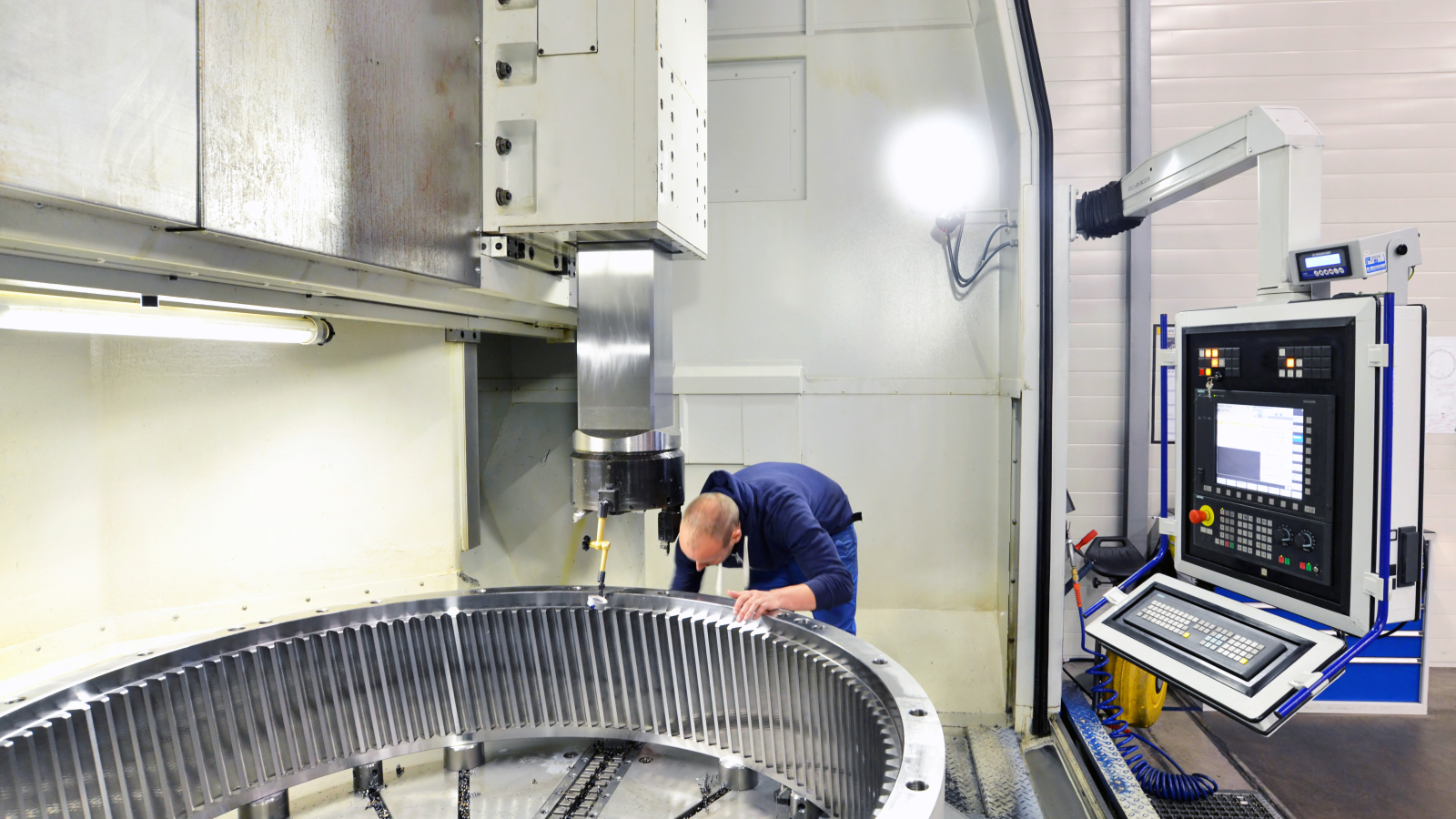
What investors need to know about large-scale wind projects
As the world’s largest wind farm enters full operation, Net Zero Investor considers what institutional investors can learn from large-scale wind projects.
At the end of August, the largest offshore wind project in the world came online. Spanning 462km2 and comprising 165 wind turbines, the Hornsea 2 offshore wind farm generates 1.3GW of energy and is part of the UK’s target of 50GW of wind energy by 2030.
But the completion of such a large project would not have been possible without critical input from the developer, the investors and the policymakers.
Greater appetite for larger-scale wind projects has emerged in recent years, fuelled by the drive to net zero and recent threats to energy security following the Russian invasion of Ukraine.
Indeed, the Global Wind Energy Council (GWEC) recently upgraded its outlook for the sector, forecasting 260GW of offshore capacity to be added by 2030. The upgrade follows a three-fold increase in grid connection worldwide from 2020 to 2021.
However, new projects will require capital that hard-pressed governments cannot provide as they struggle to deal with the energy crisis. And that’s where institutional investors can play a key role.
“Offshore wind projects are very capital intensive with very large sums invested prior to the project becoming operational,” says Simon Ede, vice president of Charles River Associates’ energy practice. “Investors’ expectation of a return on that investment is one of the principal metrics investors look at when making final investment decisions. In addition, revenue stability is also highly valued.”
Political will for change
Nevertheless, there are still many legal, bureaucratic and regulatory challenges that must be overcome to facilitate greater offshore wind development.
Earlier this month, the GWEC and the Global Solar Council called for urgent action from policymakers to ensure that investment guidelines were fit for purpose to facilitate the energy transition.
“It is crucial that governments are clear about which technologies are compatible with reaching global climate targets in green taxonomies, as these provide vital investment signals for business and investors around the world,” said Ben Backwell, GWEC chief executive.
Robust guidelines on the green taxonomy will ensure a merit order is in place for public/private investment in energy projects, the two associations argued, helping to mobilise investment in large-scale renewable energy projects.
Moreover, open call procedures for project applications and fast-track measures could bring wind and solar projects amounting to nearly 1,000GW globally to construction within the next three years according to the GWEC.
Offshore wind projects are capital intensive with large sums invested prior to the project becoming operational. Investors’ expectation of a return on that investment is one of the principal metrics investors look at when making final investment decisions.
Addressing revenue risk
Here, contracts for difference (CFDs) can play a crucial role in reducing risk and encouraging investment in wind energy projects. These have already become an important tool in government policy for the UK.
The development of Hornsea 2, along with strong competition for offshore development rights and increasingly competitive CFD pricing, has demonstrated the success of the UK’s regulatory regime in encouraging new offshore renewables investment, says Ede.
“It provides a significant degree of revenue risk reduction whilst also ensuring consumers do not overpay for renewable energies as occurs in some markets where renewable energy can receive a premium on top of wholesale market prices,” he explains.
However, while the UK subsidy scheme for projects like Hornsea 2 addresses revenue risk for investors, it places emphasis on delivery on the developers, adds Ede.
“In this, there is a myriad of other risks such as potential delays or contractual issues that could arise,” he says. “For example, Hornsea 2 faced millions in delayed commissioning costs – costs which are highly dependent on the price of electricity at the time of the delay.
“Hornsea 2 is reported to have lost hundreds of millions in hedging costs as a result of delays in commissioning this year.”
CFDs can help cement expectations on return for companies that typically have a minimum perspective on the return they consider necessary to invest, says Ede.
“In the competition for acreage and then CFDs, part of each company’s bidding strategy will be a trade-off between the likelihood of success and the return available,” he explains.
Ede adds: “An interesting element to consider is the willingness of developers to sacrifice short-term returns – in order to secure development rights and subsidy – in return for the potential to recoup greater market-based or PPA-driven prices in the longer term.”




